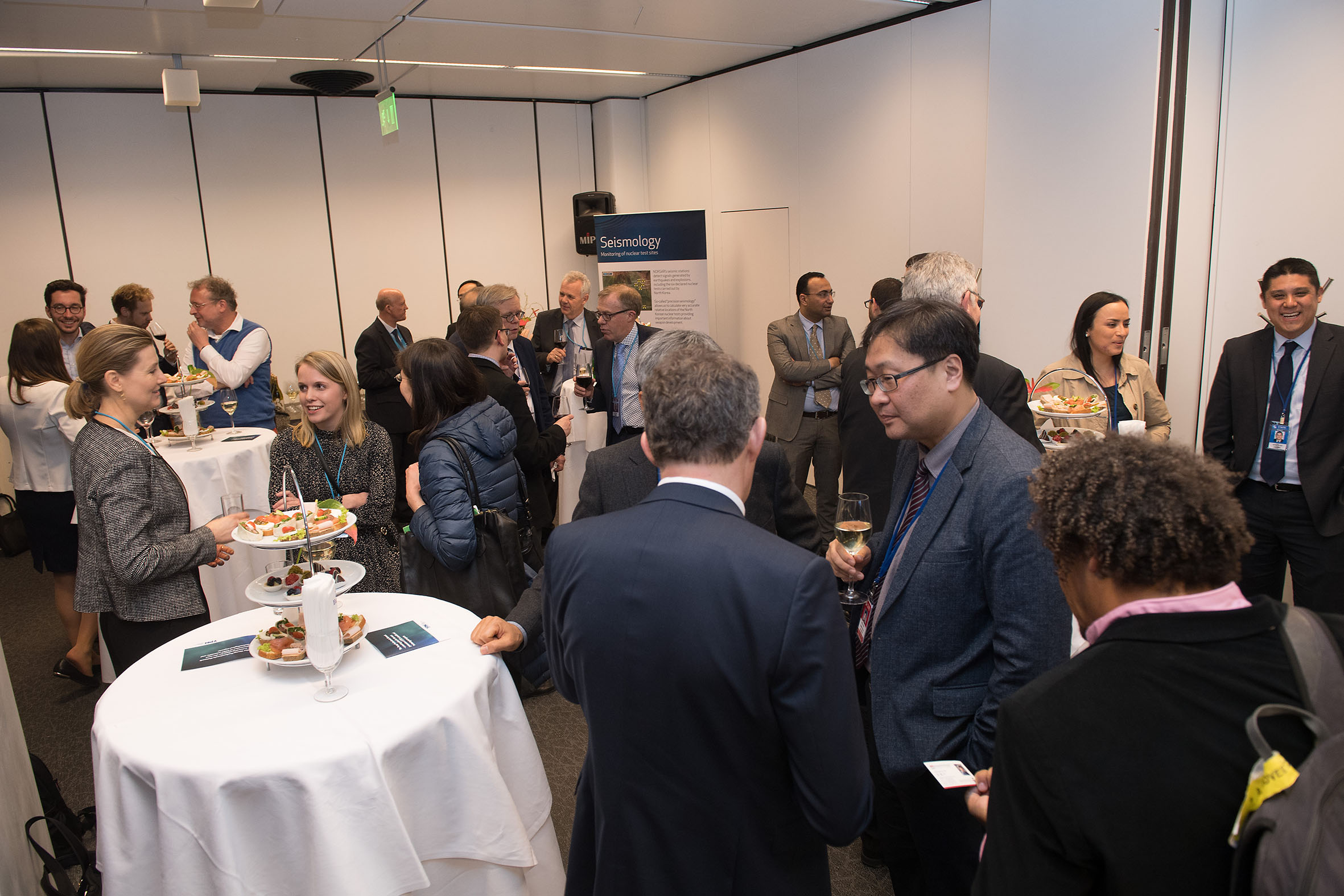COVID-19 proves the value of nuclear science and research for civil applications
There are many examples of how innovative application of existing scientific knowledge can improve the world. As COVID-19 spreads across the globe, many places are running short on test kits. CTBTO’s sister organization, IAEA, recently announced that they will help provide guidance and COVID-19 tests to member countries. By using a nuclear-derived technique called RT-PCR, the agency can produce cheaper tests that can yield a diagnosis within hours.
Fighting global challenges
Rapid detection of the coronavirus is considered vital to limit the spread of the disease. The real time RT-PCR tests developed by the IAEA originally used radioactive isotope markers to detect the presence of specific genetic material from a virus. IAEA’s COVID-19 test is a good illustration of how science within one field can advance other scientific areas, and how a combination of existing knowledge and infrastructure can help us solve global challenges.
The scientists at the International Atomic Energy Agency work with radionuclides, which is one of the four verification technologies in the CTBTO’s global verification regime. Radionuclide technology is important for both the verification of nuclear disarmament and the monitoring of compliance with the Comprehensive Nuclear-Test-Ban Treaty.
Potential civil and scientific application of the CTBTO verification technologies
The CTBTO verification technologies can also be applicable to a broader specter of civil and scientific purposes, which can contribute to both sustainable development and human welfare. The list of possible civil and scientific applications of CTBT verification technologies is long. For instance, CTBT verification data and seismic technology is already being used for acquiring and disseminating data on earthquakes, in particular tsunami generating earthquakes to assist disaster management and response efforts.
Moreover, infrasound technology can be used to detect volcanic explosions to help aviation safety, as well as identifying a range of man-made and natural events on the Earth’s surface. CTBT hydroacustic technology can be applied to research on marine life, such as whale populations and migration patterns, in addition to monitoring ice shelf break-up and the creation of large icebergs. Natural radionuclide data registered by the monitoring system can also be used to validate and calibrate weather prediction and climate models, and hence contribute to climate change research.
“The unique CTBT verification system offers many opportunities for applications in everyday life and scientific research.”
The CTBT Young Professionals Network is a great starting point for ambitious young scientists and technical experts who would like to get on a faster track for becoming a specialist in monitoring and verification technologies. Furthermore, the network inspires and enables scientists to see new opportunities.
